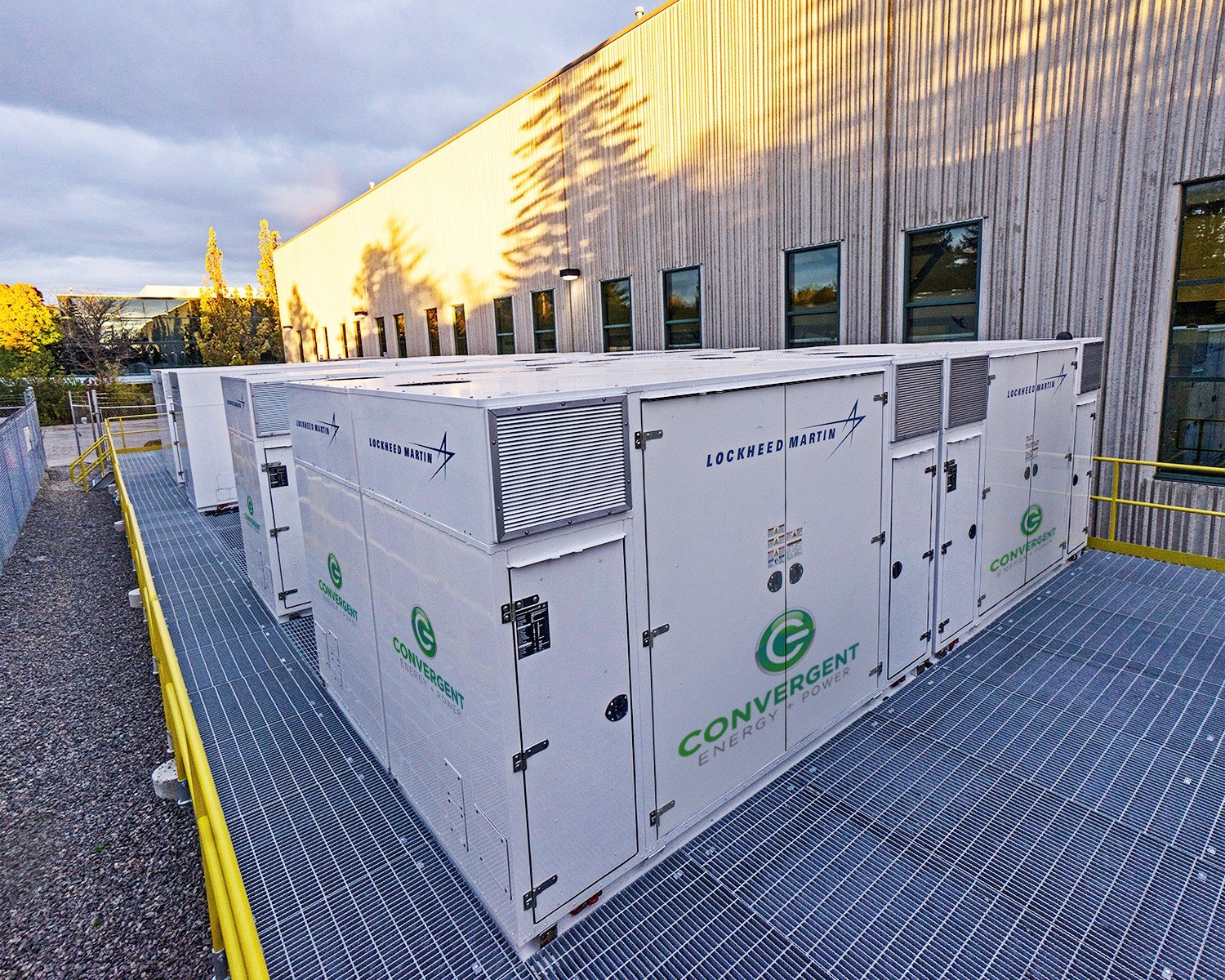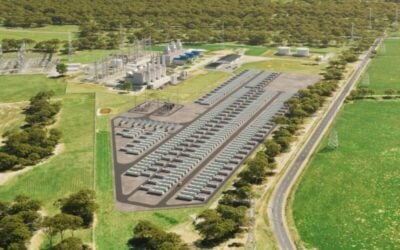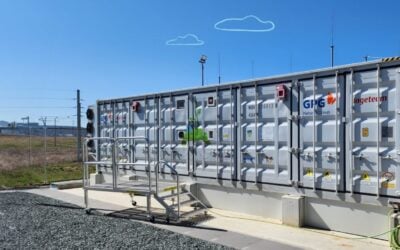
Developer Convergent Energy & Power has installed a commercial and industrial (C&I) energy storage system in Ontario for an injection-moulded plastics company, sized with 8.5MWh of batteries.
In common with C&I projects elsewhere, the system is designed to help the host, Husky Injection Molding Systems, reduce its electricity bills by reducing the number of times in a year Husky’s operations need to draw electricity from the grid at peak times. Convergent said it is expected to reduce electricity costs on the load the system is connected to by 15% to 30% each year, beginning in early 2018.
Enjoy 12 months of exclusive analysis
- Regular insight and analysis of the industry’s biggest developments
- In-depth interviews with the industry’s leading figures
- Annual digital subscription to the PV Tech Power journal
- Discounts on Solar Media’s portfolio of events, in-person and virtual
Ontario also has what are known as Global Adjustment charges, levied on the majority of electricity bill-payers, to help pay for ensuring there is adequate generation capacity on the network to meet demand and to pay for renewable energy, energy efficiency and conservation measures.
Global Adjustment charges are set monthly, reflecting the difference between wholesale electricity prices and what it costs to keep nuclear and hydroelectric plants running, to build and maintain energy infrastructure, to pay for power fed into the grid and the cost of conservation programmes.
Essentially, while the methodology varies for different classes of customer, the amount of power drawn from the grid will affect how liable for these charges each customer is. For large industrial users of power, the contribution of their peaks in demand to Ontario’s overall demand peaks determines how much they pay. While in the US, demand charges for C&I customers can comprise 50% of their bill, in Ontario, Global Adjustment charges can account for as much as 70%.
Convergent Energy + Power has delivered the project, based on a Lockheed Martin Gridstar Lithium battery system – the aerospace and engineering firm spoke with Energy-Storage.News of having a “long-term interest” in the market as it launched its turnkey energy storage product range in 2016 – which Convergent said it selected due to its compact, robust and reliable design. Local firm S&T Electric is supplying balance of plant equipment, while Montreal-headquartered engineering company SNC Lavalin designed the whole system.
Convergent has deployed the system on a “pay for performance”-type basis, or “shared savings agreement”, where Convergent takes on all development risk, including building and managing the 8.5MWh project, “while the customer shares in the savings created,” CEO Johannes Ritterhausen said.
“If we do not deliver, our customers do not pay.”
The project appears to be the latest vindication of interest shown in Canada’s C&I space, particularly in Ontario. Earlier this week Energy-Storage.News reported that Swiss investment group SUSI Partners has agreed to finance C$120 million (US$94.56 million) of C&I projects for Canadian developer and project owner NRStor.
Convergent Energy + Power was also the recipient of funding from SUSI in late 2016, when it secured one of the earliest known third-party project financing deals in energy storage, for 12MW of utility-scale projects delivering grid services. Convergent was invested in by Norwegian oil and gas company Statoil later that year via the US$200 million energy investment fund Statoil Energy Ventures.






